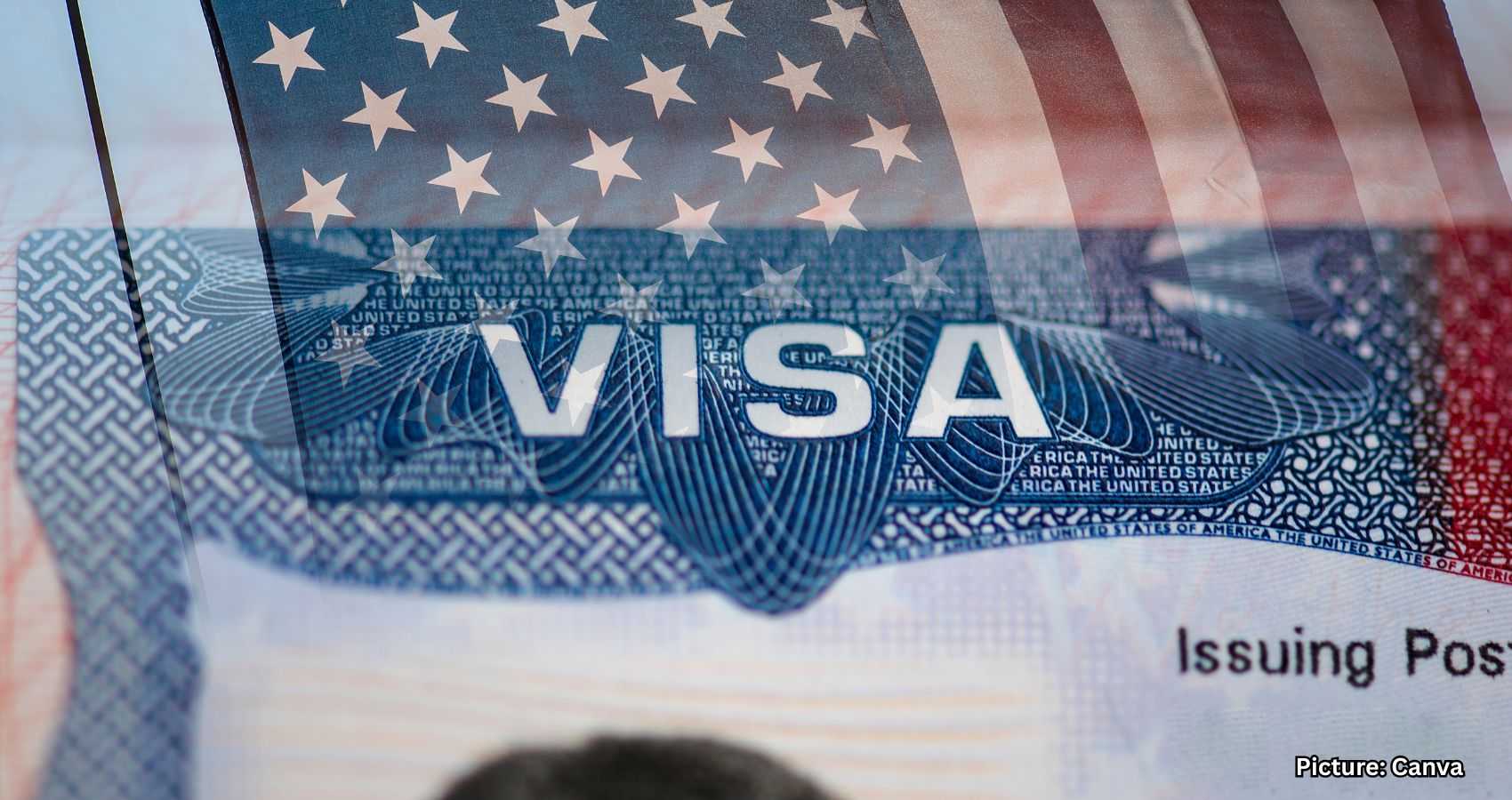Last week’s H-1B visa proclamation by the Trump administration has ignited a fierce debate over its implications for the tech industry and U.S.-India relations.
Last week’s proclamation regarding the H-1B visa program has set the stage for an intense and contentious debate, as tech firms strive to protect their access to global talent while critics advocate for even stricter regulations.
In Silicon Valley, the reaction to the new policy, which imposes a staggering $100,000 fee on H-1B visas, has been largely subdued. Many tech executives are hesitant to publicly criticize President Trump, aware that he often perceives even constructive dissent as an affront. Some industry leaders have even framed the fee as a means to safeguard American jobs, aligning themselves with the administration’s agenda.
However, behind the scenes, lobbying efforts are in full swing. Corporate legal teams and industry groups are working diligently to persuade the administration to reconsider the measure. Their efforts have already yielded some results.
Initially, the White House indicated that the $100,000 fee would apply to all H-1B visas, both new and existing. This announcement caused widespread panic among current H-1B holders, prompting many to rush back to the U.S. before the effective date. Airlines experienced a surge in demand and last-minute cancellations as a result. By the following Sunday, the administration clarified that the fee would only apply to new petitions, alleviating some concerns.
Criticism of the H-1B program has historically followed two main arguments. Trump and his supporters contend that companies exploit the program, using it as a loophole rather than a legitimate talent pipeline. They also assert that it suppresses wages and displaces American workers, as lower-paid foreign employees compete with U.S. graduates.
The recent proclamation is viewed by U.S. officials as the first step toward reforming the H-1B program. The White House announced that the Department of Labor would begin revising and increasing prevailing wage levels, aiming to ensure that the program supports only the most highly qualified foreign workers.
Simultaneously, the Department of Homeland Security (DHS) is preparing to restructure the H-1B lottery system, prioritizing higher-paid, highly skilled applicants over those at lower wage levels. This shift is expected to spark months of heated debate. Tech companies, which rely heavily on global talent, are likely to push back against what they perceive as punitive measures, while critics of the program will seize the opportunity to advocate for deeper cuts.
Some politicians are already calling for additional restrictions on global talent. Senator Chuck Grassley of Iowa, a long-time critic of the H-1B program, has urged the DHS to halt work authorizations for international students graduating from U.S. universities. In a recent social media post, Grassley argued that foreign students directly compete with American workers and warned that their presence poses risks of tech and corporate espionage.
If further restrictions are imposed on the visa program, the impact on India could be severe. No other country relies more on the H-1B program than India, where nationals consistently account for over 70 percent of annual approvals.
The H-1B program has significantly influenced India’s economic trajectory in three key ways. Firstly, it has fueled the remarkable growth of the Indian IT industry. Major outsourcing firms like Infosys, Tata Consultancy Services (TCS), and Wipro have been among the heaviest users of H-1B visas. The steady influx of Indian engineers to the U.S. has contributed to the rise of a $300 billion IT services industry in India, creating numerous jobs within the country.
Secondly, the program has been a substantial source of revenue for India. Conservative estimates suggest that between one and two million Indians have received H-1B visas since the program’s inception in 1990. Currently, Indian workers in the U.S. send back more than $30 billion annually in remittances, supporting families and bolstering the Indian economy.
Lastly, the H-1B pipeline has played a crucial role in expanding the U.S. Indian American community, which has evolved into a significant political force. Their financial and intellectual contributions have served as a bridge between Washington and New Delhi, strengthening bilateral ties.
Of course, the United States has also greatly benefited from the H-1B program. It has been instrumental in building the talent pool of Silicon Valley. Many of America’s most iconic innovations, from semiconductors to social media, have been driven by Indian-born engineers and executives.
However, the new $100,000 fee and the potential for further restrictions pose a threat to this vital talent pipeline. Companies may find it prohibitively expensive to hire foreign talent, which could lead them to scale back or outsource more work overseas. Startups and mid-sized firms, in particular, may struggle to compete for skills on a global scale.
A recent report from JPMorgan Chase projected that the fee could result in 5,500 fewer H-1B applications each month. Additionally, it may deter foreign students from pursuing education in the U.S., further diminishing the talent pool available to American companies.
For the U.S., this policy could undermine its global competitiveness. Tech executives have quietly warned that if hiring foreign workers becomes too costly, companies may accelerate the trend of establishing Global Capability Centers (GCCs) in India and other countries, shifting high-value work abroad rather than creating jobs in America.
For India, the proclamation represents a “double whammy.” Economically, it threatens to impact its largest export market, coming on the heels of the administration’s 50 percent tariff on Indian goods. Diplomatically, it risks straining U.S.-India relations at a time when Washington views New Delhi as a key partner in countering China and securing technology supply chains.
Source: Original article

